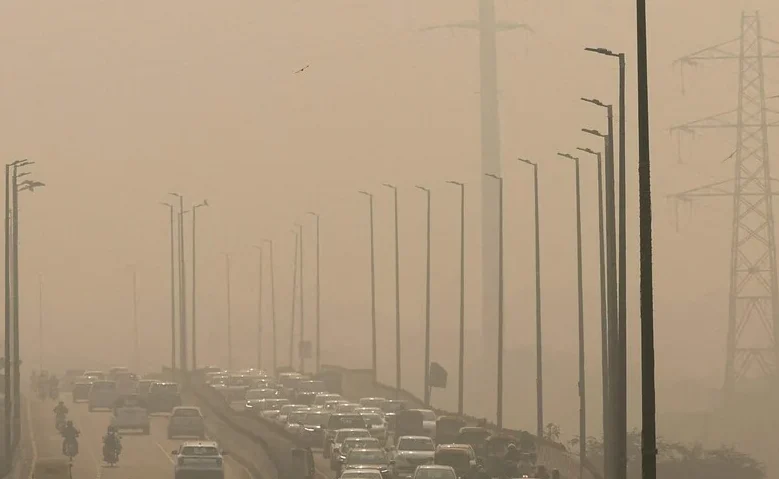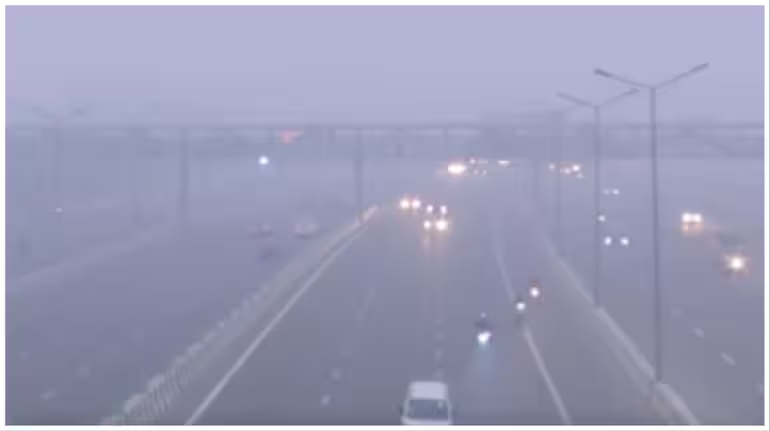
Grap 3
Table of Contents
The Commission for Air Quality Management has reimposed GRAP 3 recommendations across Delhi and the national capital region due to “highly unfavourable meteorological conditions, including calm winds and very low mixing height”. This move comes as a response to the deteriorating air quality in the region, which has been a persistent issue for several years.
GRAP 3: A New Set of Restrictions
Under GRAP 3, all schools in Delhi-NCR are required to switch to a hybrid class mode for students till Class V. This means that students and parents can choose between online and in-person classes, depending on the availability of infrastructure like computers and the internet at home. The hybrid class mode is aimed at reducing the number of children exposed to poor air quality.
Additionally, there will be restrictions on the entry of diesel-powered commercial vehicles into the city. Goods vehicles with engines below the BS-IV certification are prohibited from running, except for those used for emergency purposes or to provide essential services. Goods carriers registered outside the national capital cannot enter the city if their engine is below the BS-IV mark.
Staggered Working Hours: A Measure to Reduce Air Pollution
Government offices in Delhi and neighbouring states will stagger working hours, with the central government likely to implement a similar measure for its offices in the national capital. This move aims to reduce the number of people on the roads during peak hours, thereby reducing air pollution.
A Critical Look at Delhi’s AQI
The city’s Air Quality Index (AQI) was recorded at 366 at 2:30 pm, which is in the higher end of the ‘very poor’ category. This is a sharp spike from seven days ago, when it was 233, classified as ‘moderate’. The improvement in air quality meant that the Supreme Court allowed the Commission for Air Quality Management to relax anti-pollution measures from GRAP-IV.
The Supreme Court’s Intervention
The Supreme Court has been hearing cases related to Delhi’s air quality crisis every year. This year, the court has been particularly critical of the authorities’ actions and inactions. The court has slammed officials for not following the law and has questioned the Delhi government and the Commission for Air Quality Management for not ordering stricter anti-pollution measures.
The court had questions for the Delhi government and the CAQM regarding their failure to take effective measures to reduce air pollution. Specifically, the court asked why anti-pollution measures were not tightened once the AQI crossed the 300-mark. The court also criticized the authorities for allowing non-essential construction activities during peak hours.
Farm Fires: A Major Contributor to Delhi’s Air Pollution
The Supreme Court has held several hearings on the annual air quality crisis, looking at issues from farm fires to ineffective bans on polluting vehicles. Farm fires are a major contributor to Delhi’s air pollution, and the court has been critical of the authorities for not taking effective measures to prevent them.
The court slammed officials for continuing to allow non-essential construction activities that are not permitted during peak hours. The court also asked the Delhi government and the CAQM why they did not stop vehicles carrying non-essential goods from entering the city.
The Role of Firecrackers in Delhi’s Air Pollution

The Supreme Court has been critical of the bursting of firecrackers, which is an annual and predictable worsening of AQI after Diwali. The court came down heavily on the government and police, saying “no religion encourages any activity which creates pollution”.
The court’s criticism of firecrackers is aimed at reducing air pollution in Delhi. The court has been clear that no religion allows activities that create pollution.
Relaxation of Anti-Pollution Measures
In an earlier hearing, the Supreme Court allowed the Commission for Air Quality Management to relax anti-pollution measures from GRAP-IV. This decision was made due to the improvement in air quality, which had risen from 211 three days ago.
The relaxation of anti-pollution measures is aimed at reducing the economic burden on Delhi’s residents. The court has been critical of the authorities for not taking effective measures to reduce air pollution, and this relaxation is a step towards addressing that issue.
Conclusion Grap 3
Grap 3 recommendations have been reimposed across Delhi and the national capital region due to “highly unfavourable meteorological conditions”. This move comes as a response to the deteriorating air quality in the region. The hybrid class mode, restrictions on commercial vehicles, staggered working hours, and relaxation of anti-pollution measures are all aimed at reducing air pollution in Delhi.
The Supreme Court has been critical of the authorities’ actions and inactions, and its interventions have led to a better understanding of the issue. The court’s criticism of firecrackers is aimed at reducing air pollution in Delhi, and the relaxation of anti-pollution measures is a step towards addressing that issue.
Overall, Grap 3 recommendations are a crucial measure to address the deteriorating air quality in Delhi. The Supreme Court’s intervention has been critical, but its efforts have led to a better understanding of the issue and a reduction in air pollution.
Source Grap 3
Dailyread Grap 3
